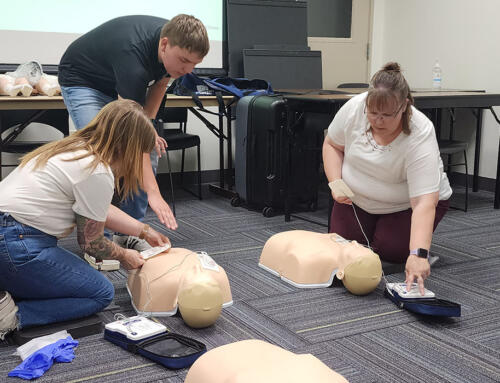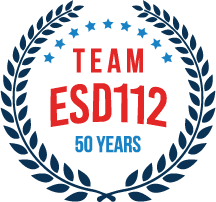Recent, significant changes to the way K-12 education is funded in Washington State have resulted in numerous school districts in Southwest Washington having to face budget challenges. In order to bridge the critical gap between what the state funds and the actual cost of operating a school district, many districts ask their communities for financial support in the form of a voter-approved levy or bond measure. In this February’s special election, 17 out of 30 school districts in the ESD 112 region will have a levy, replacement levy, and/or bond on the ballot.
Districts in the ESD 112 region with initiatives on the Feb. 11 ballot:
Following the McCleary Decision in the Washington State Legislature, many changes were made to the way schools are funded in Washington. In 2018, the state issued more money than it previously had for Washington school districts, however much of that money was designated for very specific purposes. Additionally, a local “levy lid” was implemented, which limits the amount of money a school district can raise from its local community via a levy.
Levy rates are currently capped at $2.50 per $1,000 of assessed property value. Additionally, a levy may not collect more than $2,500 per student maximum ($3,000 per student in Seattle only), a dollar threshold which is adjusted annually based on inflation. For more information on how schools are funded in Washington, visit esd112.org/schoolfunding/.
What is the difference between a bond and a levy?
While there are several types of levies that are used to pay for different school district needs, a basic rule of thumb to remember is that bonds are for building, and levies are for learning.
A bond provides funding for capital projects such as purchasing property for schools, constructing new schools, or modernizing existing schools. Bonds are sold to investors who are repaid with interest over time from property tax collections, generally between 10-25 years. They require a super majority of at least 60 percent in order to pass.
A levy is a short-term, local property tax passed by the voters of a school district that generates revenue for the district to fund programs and services that the state does not fund or fully fund as part of “basic education.” Levies require a simple majority to pass (50% + 1).
There are different kinds of levies, including capital (or tech) levies, enrichment levies, and transportation levies:
- Capital levies fund things like modern technology, enhanced building security, and renovation projects. Capital levies can be approved for up to six years.
- Enrichment levies, also known as Educational Programs and Services (EP&O) and Maintenance and Operations (M&O), allow a school district to provide things like additional teachers, support staff, supplies and materials, or services that the state only partially funds. Funding provided by the state does not fully cover the actual costs to operate a school district, so enrichment levies bridge the gap in funding. Enrichment levies can be approved for up to four years.
- Transportation levies fund things like new buses or major repairs to older buses to prolong their useful life. Transportation levies can be approved for up to two years.
After the levy’s allotted number of years, the levy expires. Districts may then go back to their voters and ask for a continuation, or replacement levy.
For more information about the differences between bonds and levies in Washington State, visit esd112.org/bond-levy/.





 ESD 112 equalizes educational opportunities for learning communities through innovative partnerships, responsive leadership, and exceptional programs.
ESD 112 equalizes educational opportunities for learning communities through innovative partnerships, responsive leadership, and exceptional programs.